It was a cold mid-December day when Allie and her best friend and border collie, Clyde, made a run for it. They occasionally do, just exploring the river bottoms adjacent to the big pastures on the Alderspring prairie where our beeves run herd for the winter. They ran off like Mutt and Jeff, big, white, wolf sized dog and 30-pound border collie heading across the fields.
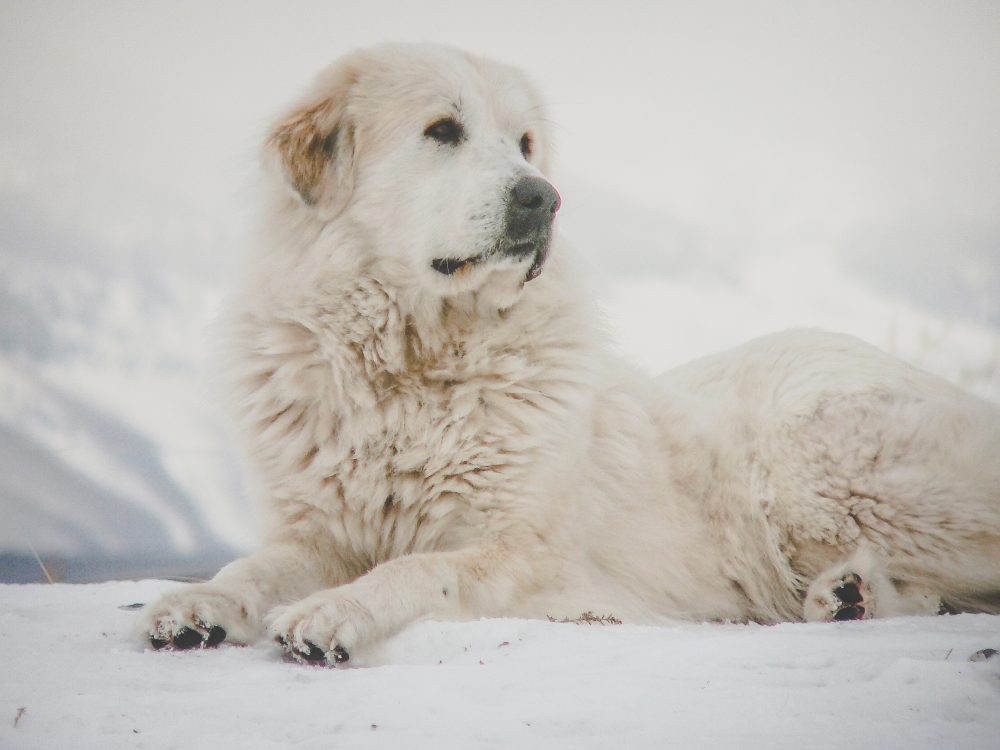
We weren’t fans of their foray—but we knew they’d be back by nightfall. There was no use in going after them, as it was a God-forsaken and frozen wilderness down there. They’d have to swim several times, and with their thick fur, they would both float and be insulated as they crossed the river. Brush was thick, with low game tunnels that wended their ways through the ice, water and brushy mud matrix.
It was almost impossible for a human or worse, a horse to get through. We would never catch them. But there was the siren song of an occasional elk or deer winter kill down there. Perhaps they got hopelessly mired down in the muck of a backwater with their long, sharp hooved feet, and died on the spot. Or perhaps they were finished off by a mountain lion.
It’s a place where lions reign. They alone were the only large terrestrial animals that would happily call it their lair. There was plenty of ambushing cover, and a plethora of deer and elk trails that crisscrossed the dense bottoms, just a foot or two wide, in a meandering serpentine configuration endlessly branching through the long braided 40 mile long bottomland habitat of the high Pahsimeroi River.
There were other furbearers that made the rich bottoms their home. It was the home of beavers, fishers and otters. You could call them terrestrial, I suppose. But the reality was that they lived over half their time immersed in the cold, dark waters. These animals are part of the story as well.
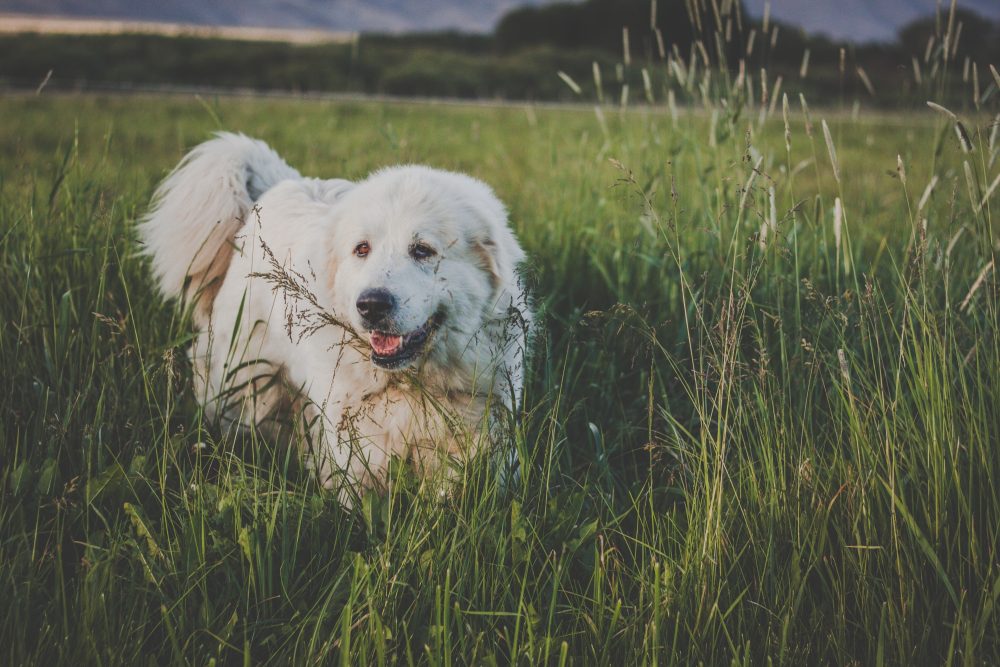
The day turned dark, and Clyde was waiting at the back door. But there was no sign of Allie. This was rare. Allie spend most of her nights circling our big house, giving her alarm bark as she did. It was her domain, and her job to protect it.
We were a little worried, but went to bed thinking she would probably show up by morning.
The next day dawned, and Allie was still nowhere to be found. Now we were really worried. I took a long drive up Lawson Creek, stopping to call regularly. No big white dog. Caryl and I drove slowly up and down the paved narrow road that runs about a mile from the house, looking to see if she had been hit by a car and perhaps piled up in the borrow pit along the road.
No Allie.
Night came again and she still had not come home. At this point we knew something must have happened. Hit by a car and too far off the road to find? Tangled with a wolf and lost? Shot by a hunter? Battled with a mountain lion? Drowned in the river?
Day came and went, night fell. And still no Allie. Another day and night went by and we gave up hope. But that night Caryl prayed “if she’s still alive, please bring her home. If she’s not, let us find her so we know what happened.”
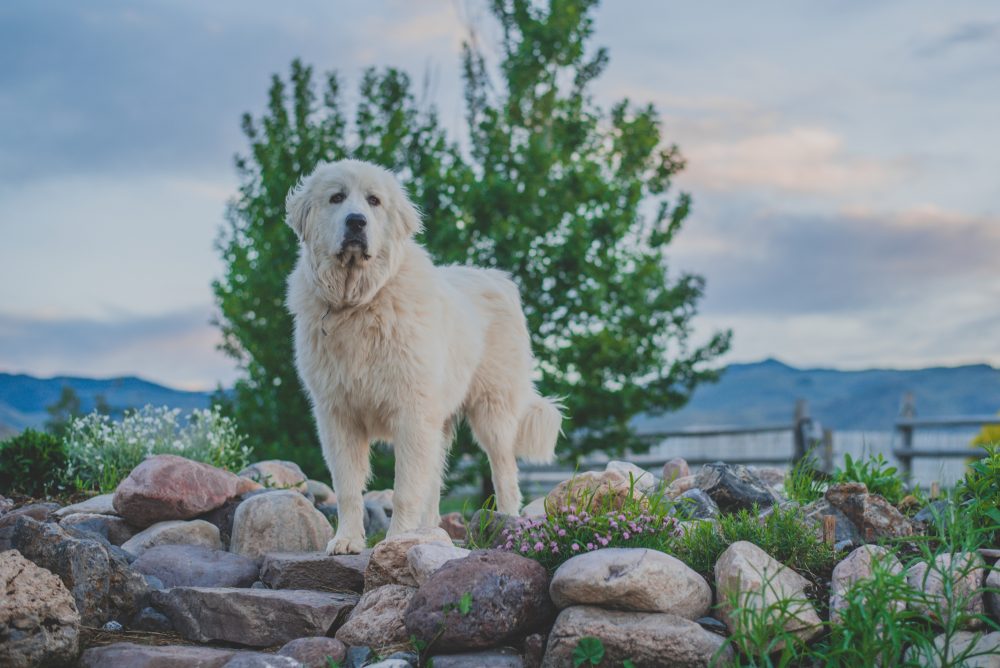
The next morning Caryl and I were having our usually mid-morning coffee and I went to the back door to call Clyde in.
And I let in Allie. She went straight to Caryl, who is her favorite human, and Caryl started to cry.
She was wet, and muddy, and thin. And a little shaken up seeming. She had obviously at least crossed the river to get back to the house but the dried mud on her back suggested her ordeal, whatever it was, had occurred in the river bottom.
Caryl checked for broken bones or wounds around her face and legs, where we would expect to see injuries if she had tussled with a wolf or a mountain lion. She seemed unscathed.
A mystery still. But a happy ending.
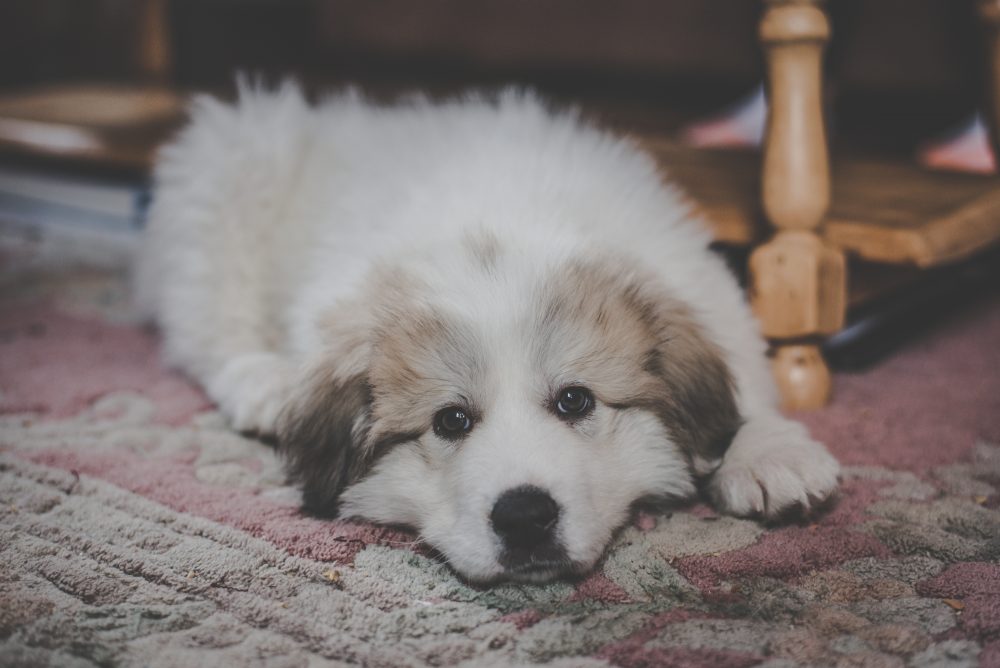
A few weeks later, as was her habit, the big white dog put her head on Annie’s knee and begged for a neck rub. Annie obliged, and the 110 pound female palpably relaxed and became putty in Annie’s practiced hands. As she massaged the big dog, Annie detected an aberration around Allie’s huge thickly ruffed neck. She parted the fur, her fingers following the pink tissue of a recently healing scar.
“Hey Dad,” she called to me, “come check this out!”
As I noted the sure sign of scar tissue in Annie’s hands and followed the longish gouge on the back of her neck, I brought her over to Caryl.
And doggie detective Caryl first began to piece the convoluted story together of Allie’s 4-day disappearance.
****
Now back to the beaver for the rest of the clues.
Beavers brought white men first to the Pahsimeroi, in as early as the late 1700s. We credit the first traverse of the west to Lewis and Clark in 1805, when they crossed Lemhi Pass and the Continental Divide on one August day, but that ignores the prospect of wealth sought by fur traders and trappers who first devised ways into the untrammeled cordillera of the high country long before the era of Presidents.
It was still part of New Spain in that day and age, and it was truly the wild west. Beaver fur was pure gold, and at the height of fur values, converted to today’s dollars, a pelt could fetch $20 at the trading posts of Hudson’s Bay Company or that of the more local American Fur Company. Considering that a 90 lb pack could contain as many as 60 stretched, cut and cured furs, and a trapper could conceivably load a 4 head pack string of horses with eight of these packs, he could be coming out of the hills with nearly $10K for a few weeks of work.
This was especially true in a place like the Pahsimeroi or adjacent valley of the Lemhi. In the Lemhi valley alone, 30,000 pelts were trapped out in just one year in the early 1820s. That’s over half a million dollars in today’s cash, captured in just one winter.
Trapping was simple and light in those days. In those days, mechanical mass-produced traps were just coming into vogue, so many mountain men used the more simple and portable snares.
Snares are a single piece of twine, cable or wire shaped into a noose with a self-tightening loop made possible by a knot or piece of hardware that only lets the loop close as the caught animal tightens it. Snares are set by hanging the loop at head height across a game trail or travel-way, usually suspended by light branches or other support lines. For beavers, this loop was often set underwater at the entrance to their lodge, and as they are mammals and need to surface periodically for air, the beaver would quickly drown when caught in the neck catching device.
It was very effective.
Snares are still used today by trappers everywhere. I have found them far up in the Hat Creek ranges still set after many years, rusting in their set location, waiting unchecked and forgotten for an unsuspecting coyote in a dry draw.
Lost trap. Actually illegal. All set traps need to be checked every 72 hours, according to Idaho Fish and Game regs.
Several years ago, border collie Gypsy-Dave was missing. After several days of searching in nearby Lawson Creek Canyon, we heard a distant and stifled whining nearly 3 miles from the ranch. True-dog, the other Border with us, bolted in search of her comrade, with us running behind.
In a few minutes of trying to run roughshod across broken hills of sagebrush and rocks, we stumbled down into the canyon of Lawson itself, to find the dogs reunited, and Gypsy-Dave, barely alive, jaw swollen grotesquely with a steel cable hopelessly tight around his upper jaw.
The hard bone of his jaw is what saved him. Had he not been panting with his mouth wide open when he hit the snare, he would have been captured in the coyote snare around his neck, and in short order, he would have choked to death.
The ancient and simple technology of snare, dating back to when cordage first was invented in millennia past, once again would have been highly effective.
I cut the piano-wire tight braided cable with my ever pocket present multi-tool, and happily brought my dog of nine lives home.
He completely recuperated in several days.
And now, that memory, reawakened fresh in the mind of my bride’s, brought us to the realization that the massive neck of our Allie had been engaged by the noose of the snare as was Gyp’s.
Allie likely had met the large noosed snare deep in the river bottoms. It could have been a snare set for beaver along a bank slide, or on game trail for a coyote.
The snare had nearly done its grisly deed, as it had tightened so much that it broke the skin around her whole neck circumference. What saved her is the that the noose tightened partially on her shoulders, instead of directly around her neck, and her thick hair kept the noose from sliding forward and choking her.
And what freed her after 3 days of certain tortuous struggle?
We’ll never know—we only can make guesses. Perhaps the trapper himself set our big white dog free. Or, the steel wire, weakened by 110 pounds of muscle finally gave.
As far as where it all happened?
It’s somewhere in that dark, frozen yet fluid, unforgiving bayou and willow choked slough of braided river bottoms.
She’s been sticking pretty close to home ever since. She knows there’s bad stuff down there.
We’re just glad to have her back.
Happy Trails
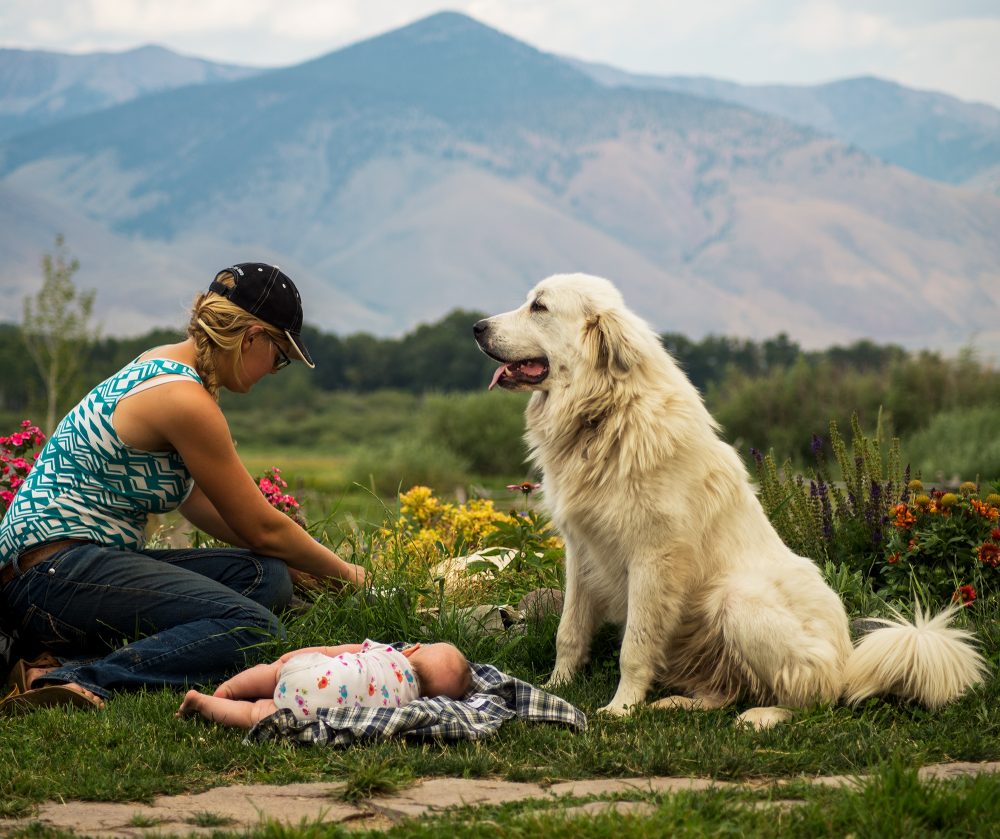

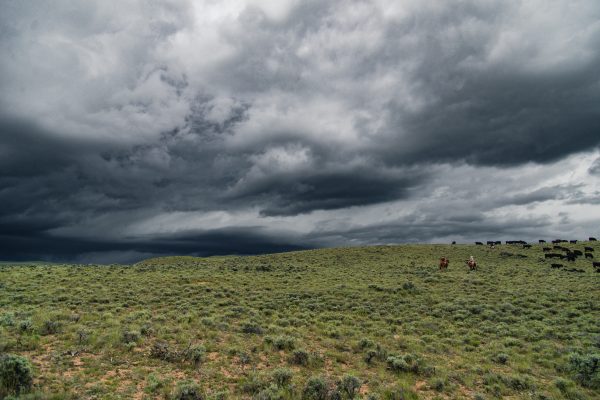


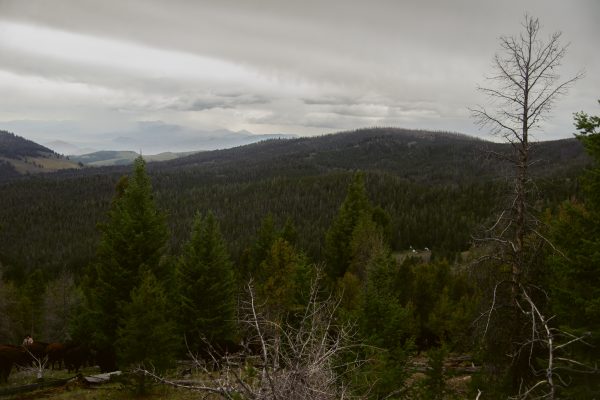

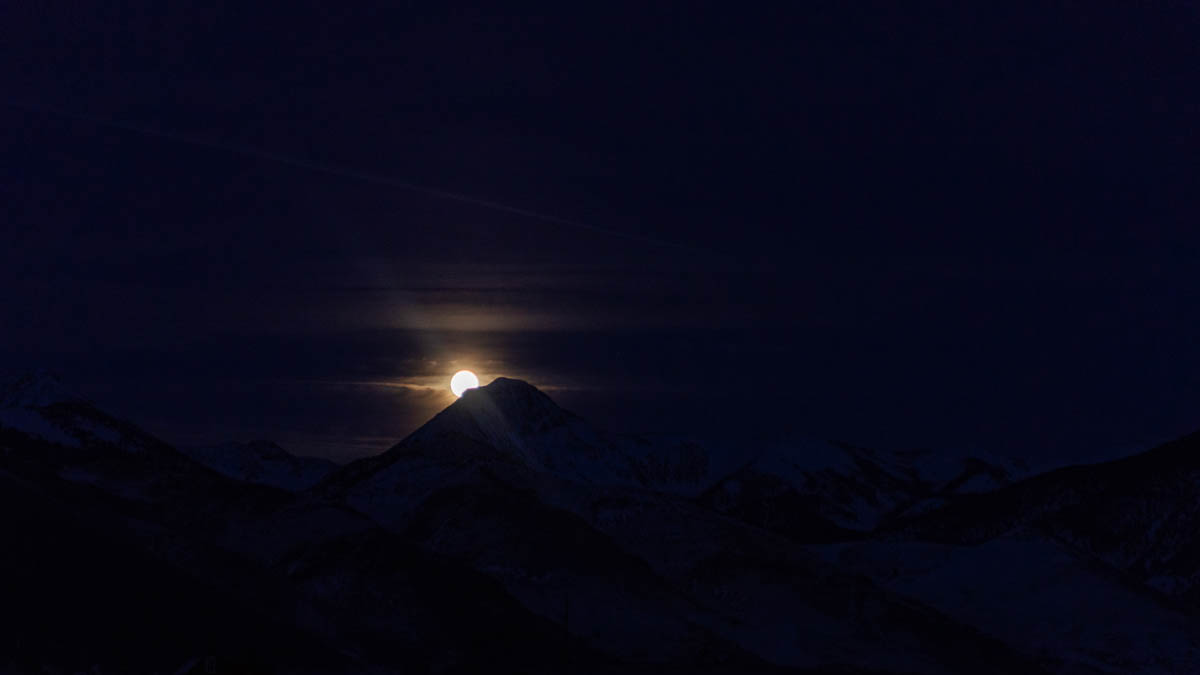
Betty Dykshoorn
Love to read about how much our pets mean to us. Wether they be dogs or cats, that bond is there. Dad would have loved your dogs, almost as much as his cats.😊 Hope you are all well.
Cindy Salo
Oh, no. What a frightening story! Please share a happy one next time, to make up for it. 🙁
Sue Cox
What a frightening suspenseful story. Glad it had a happy ending. Happy your good friend made it home safe!
Kristina Brown
Glad your pup came back home.
Caryl Elzinga
Thanks Kristina, us too!
K
What a well told tale!! Glad your dog made it home!!
Caryl Elzinga
Thank you so much!
S. Ford
Thank you for sharing all of the fascinating stories and gorgeous photos! We love you. You are our rock stars.
Caryl Elzinga
Thanks for reading and following along with us!
Celeste Gober
Thanks for sharing this reminder that life is not a Disney movie. And while I’m overjoyed that Allie made it home, I know that death is part of life. And while our bodies have a finite limit, our spirits do not. And all living things have an eternal spirit .
Rebekah
Wow! A story to sit in my heart for days. Thank-you for sharing your life! 🙂
Caryl Elzinga
Thank you for reading Rebekah!